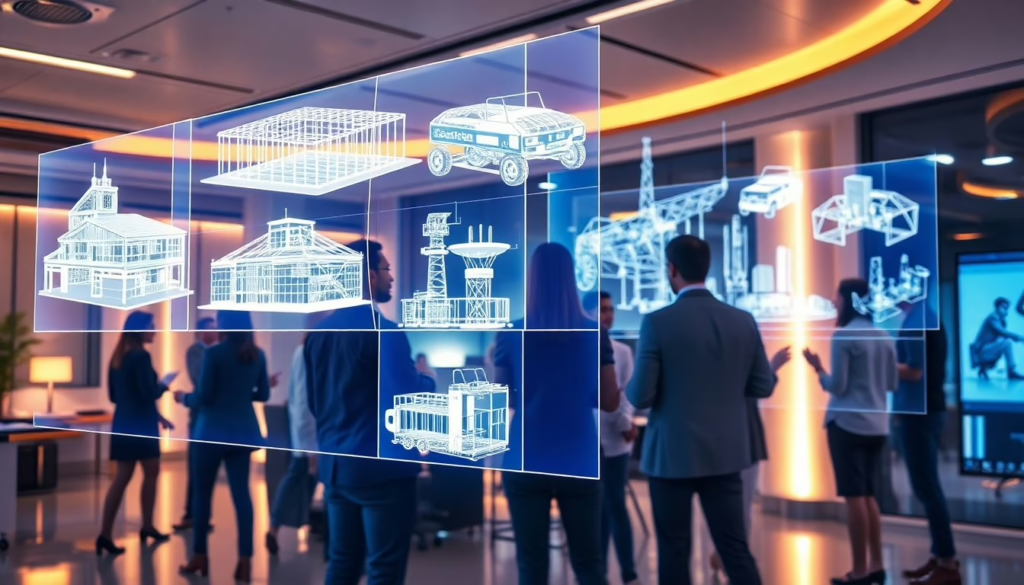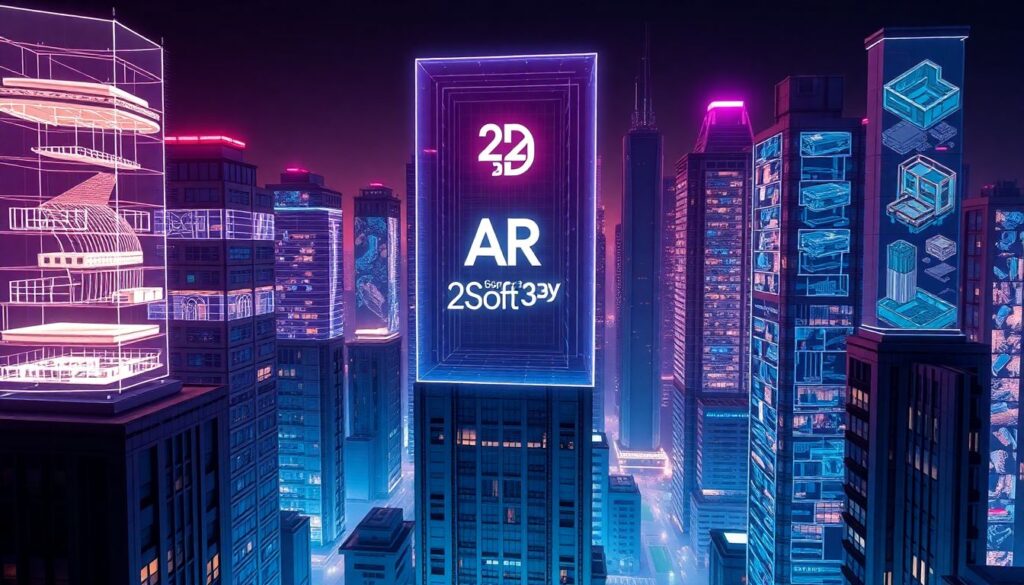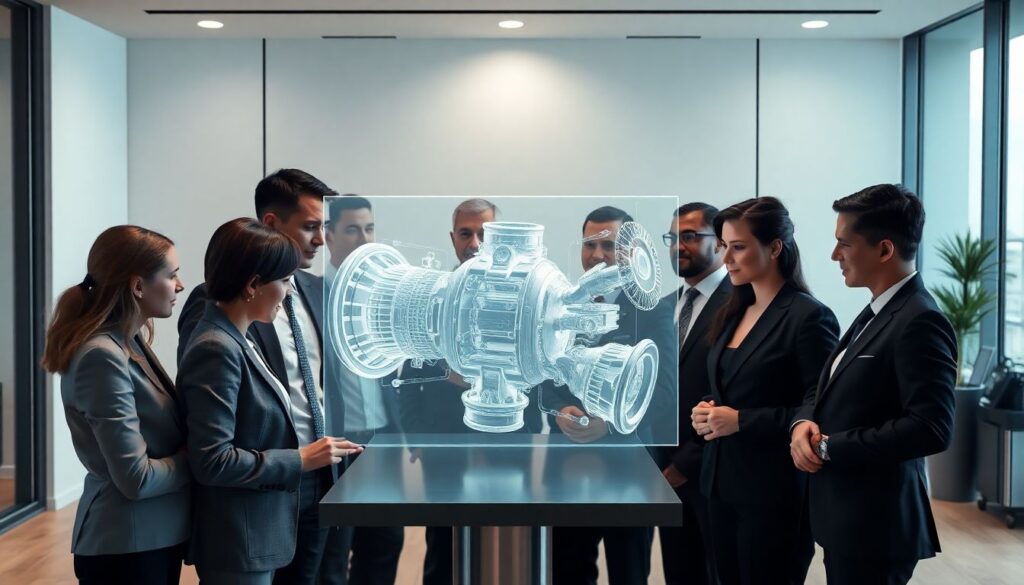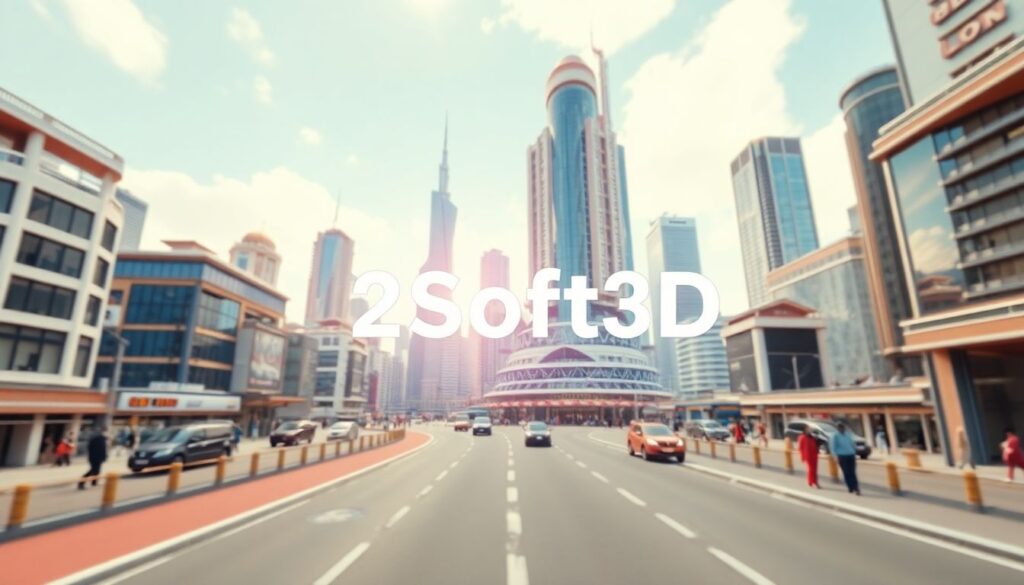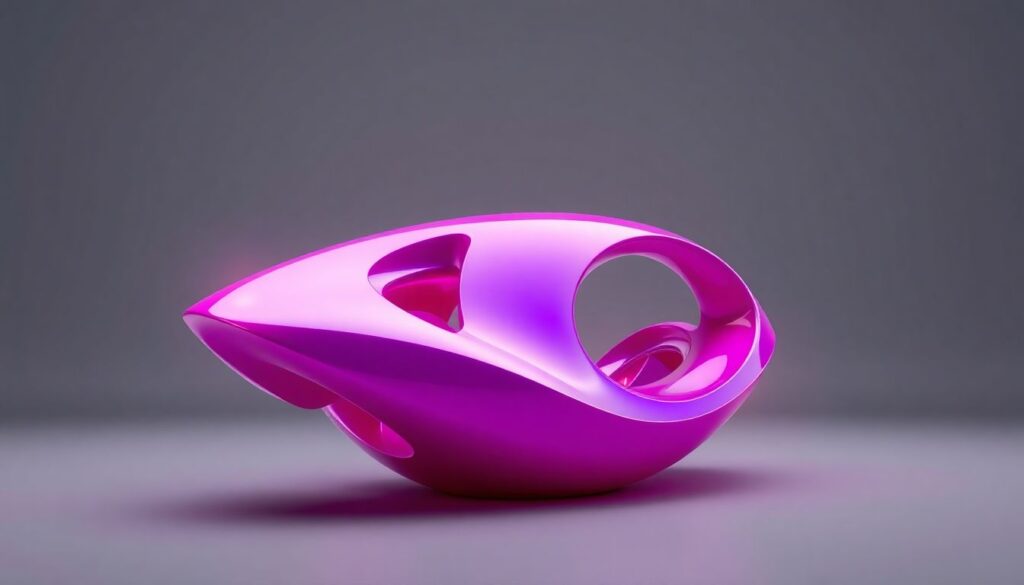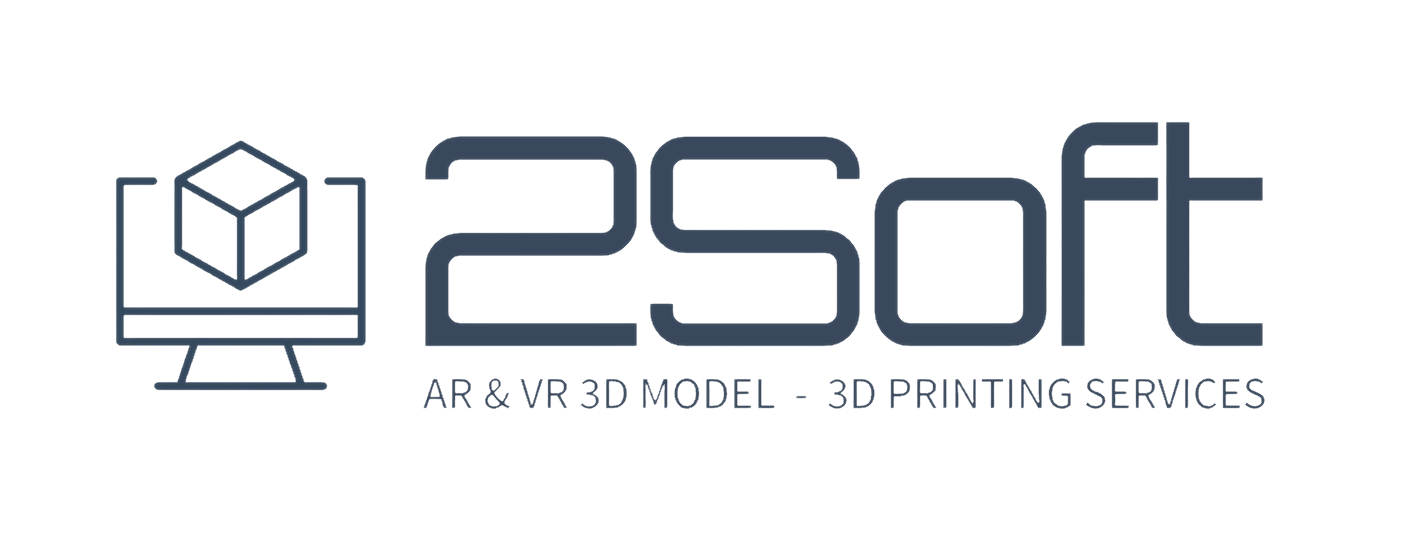interactive 3D models for AR

Interactive 3D Models in Augmented Reality: A New Dimension for User Engagement
GET FREE CONSULTATION
Imagine checking out a product before buying. You’re not just seeing a picture or video. You can spin it around, zoom in super close, and even see how it looks in your house. Augmented Reality (AR) and interactive 3D models makes this happen. It totally changes how we see things online. This article looks at how cool interactive 3D models are in AR, their perks, how they’re used, and how to make them.
This article will give you the lowdown on how awesome interactive 3D models are in AR.
Understanding the Power of Interactive 3D Models in AR
Let’s break down what makes interactive 3D models and augmented reality so special. They team up to create experiences that were once in the realm of science fiction. What’s the tech that makes it all possible?
What are Interactive 3D Models?
Interactive 3D models are digital objects you can play with. Think about spinning a car around to see it from all angles or zooming in on a shoe to check out the stitching. You can rotate them, zoom, and even see them animated. Some models let you change colors or add parts. These files come in formats like glTF and USDZ.
How AR Brings 3D Models to Life
AR uses your phone or tablet to put these 3D models into the real world. Your device uses its camera and sensors to do this. Imagine placing a virtual sofa in your living room before you buy it. There are different kinds of AR. Some use markers, like QR codes, while others don’t need them. Markerless AR is super slick!
Benefits of Using Interactive 3D Models in AR
Using interactive 3D models has awesome perks. Let’s check them out for both businesses and everyday users like you.
Enhanced User Engagement and Experience
Interactive 3D models grab your attention like nothing else. People spend more time on websites with them. Bounce rates go down. For instance, imagine trying on sunglasses virtually before buying them online. It’s way cooler than just looking at a picture, right?
Driving Conversions and Sales
AR and interactive 3D models can seriously boost sales. Studies show that conversion rates go up. Returns go down. People are more likely to buy when they can really see what they’re getting. Also, people tend to spend more money per order.
Improved Product Visualization and Understanding
3D models help you get products better. This is huge for things that are hard to understand from pictures. Think about complicated machines or medical devices. With a 3D model, you can explore every nook and cranny. This is especially useful in manufacturing and healthcare.
Real-World Applications of Interactive 3D Models in AR
You can find interactive 3D models in action everywhere! Let’s look at some cool examples across different industries.
E-commerce: Virtual Try-On and Product Placement
Ever tried on clothes online? AR lets you do that! See how that new watch looks on your wrist, or if that lipstick shade matches your skin tone. You can even use AR to see how furniture fits in your house. The Ikea Place app is a great example of this.
Education: Interactive Learning Experiences
Forget boring textbooks. 3D models can make learning super fun. You can explore the human body in detail or walk through ancient Rome. AR apps are changing how we learn. It’s great for all learning styles.
Manufacturing and Engineering: Design and Prototyping
Engineers use AR to see how new products will look and work. They can check for problems early on and work together better. Companies use AR to design and test prototypes. It saves time and money.
Creating Interactive 3D Models for AR
Making these 3D models for AR is not as hard as it sounds! These tools can help.
3D Modeling Software and Tools
There are many programs for making 3D models. Blender, Maya, and 3ds Max are some popular choices. Some tools are made just for AR models. When making models, remember to keep the polygon count low. This helps them run smoothly.
Optimizing 3D Models for AR Performance
To make your models run well in AR, you need to optimize them. Reduce the number of polygons. Make textures smaller. Use LOD (Level of Detail) to show simpler models when people are far away. Also, use AR-friendly file formats like USDZ and glTF.
Integrating 3D Models into AR Platforms
You’ll also need an AR platform. ARKit, ARCore, Unity, and Vuforia are great options. You can import your 3D models into these platforms. Then, use some simple coding to make them interactive.
The Future of Interactive 3D Models and AR
AR is constantly changing. What’s next for interactive 3D models?
Advancements in AR Technology
New AR tech is coming out all the time. Smart glasses and LiDAR sensors will make AR even better. Expect more realistic and immersive experiences. This will make interactive 3D models even more useful and amazing.
The Metaverse and Immersive Experiences
Interactive 3D models will be huge in the metaverse. They’ll help create shared AR experiences where people can work and play together. The line between the real and digital worlds will become blurry.
Accessibility and Democratization of AR Creation
It’s becoming easier for anyone to make AR experiences. New tools and platforms are making AR creation more accessible. No-code and low-code options are popping up. This means small businesses and creators can get in on the action.
Conclusion
Interactive 3D models in AR are changing how we see and use the internet. By learning about the perks, uses, and how to make them, businesses and people can use this tech to make user experiences better, sell more stuff, and make cool educational content. As AR gets better, interactive 3D models will become even more important in how we live, learn, and play.
